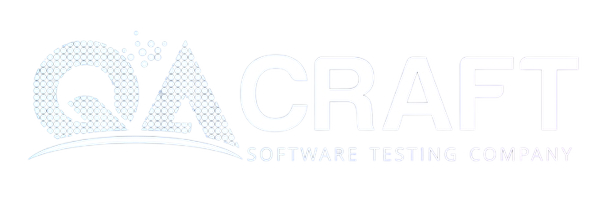What is Smoke Testing?

Smoke testing is a process to check whether the newly released build is stable or not. It helps a QA or testing team to get confirmation QA or testing team can proceed with further testing or not. It also gives assurance that builds received from development are working correctly.
What is smoke testing?
Smoke Testing is a type of software testing that is usually performed on initial software builds to ensure that the critical functionalities of the program are working absolutely fine.
It is the prior check of the software after a build and before a release. This type of testing finds primary and critical issues in an application before critical testing is implemented.
Smoke testing, also known as build verification testing or build acceptance testing, is a non-exhaustive software analysis that ascertains that the most bottom-line functions of a program work but does not delve into finer details.
Features or smoke testing
Below are the key features of smoke testing that you should be familiar with:
- It is often referred to as Build Verification Testing, where the build is verified by testing the important features of the application and then sent for the next levels of testing based on test results
- It’s an integral part of the software development cycle where the build is verified by testing the essential features of the application
- Smoke Tests can be accomplished manually or can be automated based on the test requirements
- It is applicable to various levels of software testing like integration testing, system testing, and acceptance testing.
- This is non-exhaustive testing with a limited number of test cases. Generally, smoke testing is performed with positive scenarios and with valid data and the full process is documented.
When to do smoke testing?
Smoke testing is usually done at any time the new functionalities of the software are developed and integrated with an existing build. This establishes whether all critical functionalities are working correctly or not. It’s done by developers in the development environment to ensure the correctness of the application before releasing the build to QA. After the build is sent to the QA environment for testing, smoke testing is performed by QA engineers. Whenever there is a new build, the QA team determines the major functionality in the application to execute smoke testing.
How is smoke testing performed?
Smoke testing is performed like any other type of testing. Below are the steps that you can carry out to smoke test the software:
- Builds are set up by the development team and are then sent to the testing team for testing
- Once the QA team receives the builds, according to the requirement they design the test cases for testing purposes
- A number of smoke tests are merged into a small test suit. To be efficient and aim-built, a smoke test suite should contain an easily manageable number of tests
- Automation can prove to be efficient & valuable in smoke test suits, so automate the smoke test if required. There are many automation frameworks available for smoke testing
- After all, execute the test cases and clear the test environment fit for the next rounds of testing. This might cover stopping a server, deleting files, or emptying database tables.
Quality assurance (QA) testers perform smoke testing after the developers release every new build of an application. If the code passes the smoke, the software build moves on to more accurate tests, such as unit and integration tests. If the smoke test fails, then the testers have discovered a major flaw that interruptions all further tests. QA then asks developers to release another build. This one broad initial test is a more effective strategy to improve software code than if the team conducted specific and accurate tests this early in the development process.
Smoke testing is also accomplished from the perspective of user experience (UX). This approach covers testing key functionalities, such as if the build is usable or if the user interface (UI) and login mechanism function. Other key functionalities include if an action selection corresponds with the intended action. For example, if a user adds a product to a shopping cart in an e-commerce web application, does the item appear in the cart?
Benefits of smoke testing
- You can find bugs, defects, and faults in the early stages of testing
- Minimizes the risks that begin when multiple components are integrated
- Easy to execute & improves the quality of software
- Saves effort and time for testers & developers
- Requires a limited number of test cases
- Implement faster troubleshooting of new and regression bugs
- Offers the advantage of getting rapid feedback
- Reduces manual interference
- Increase the effectiveness of the QA team.
- The fact with the smoke test is that it takes your code, builds it, runs it, and double-checks a thing or two. However, it will not justify whether your software is 100% functionally correct or not.
Conclusion
In conclusion, smoke tests offer a simple, genuine yet supremely effective option to speed up finding bugs. Developers and others likewise can use smoke tests in software projects, and can badly improve code quality.
Read Also:
2) Difference between sanity and smoke testing


